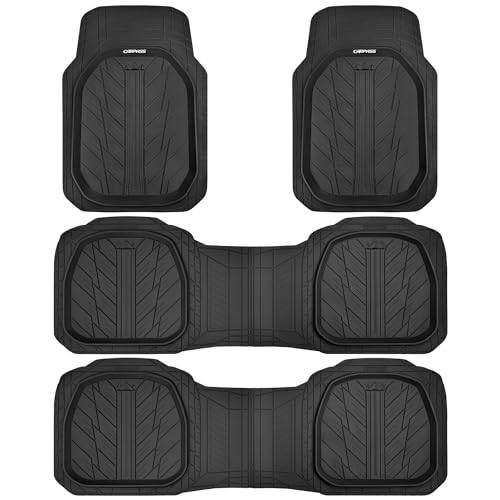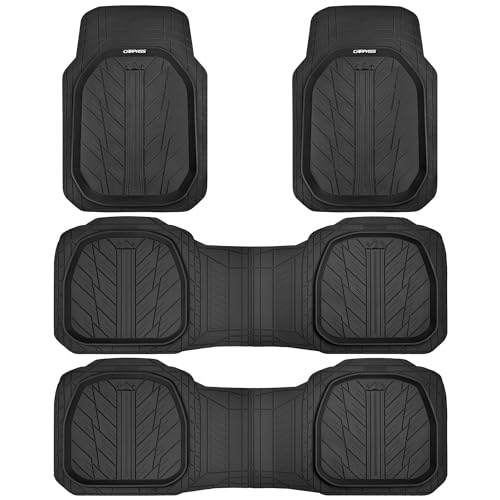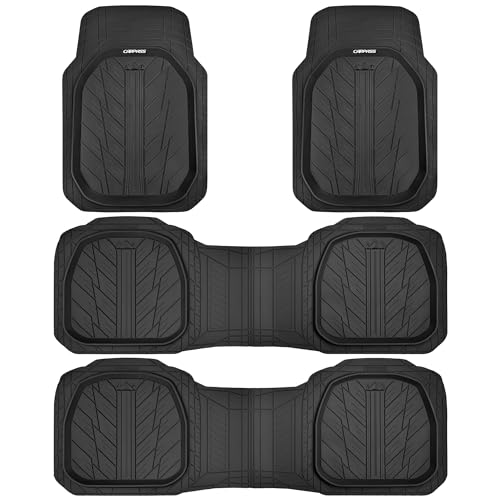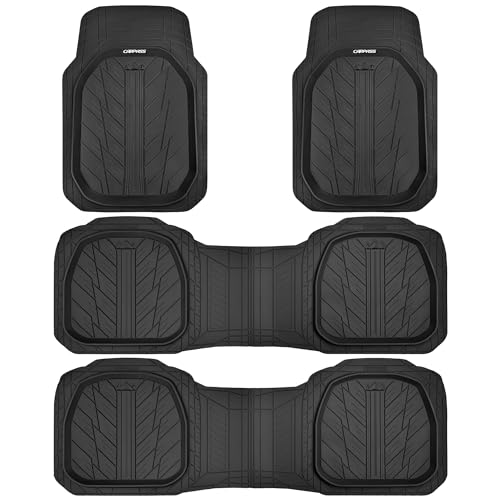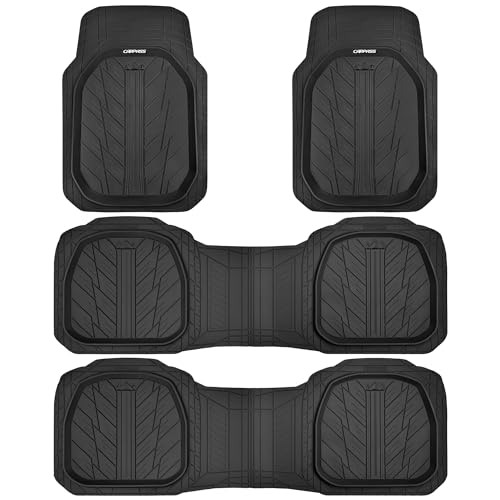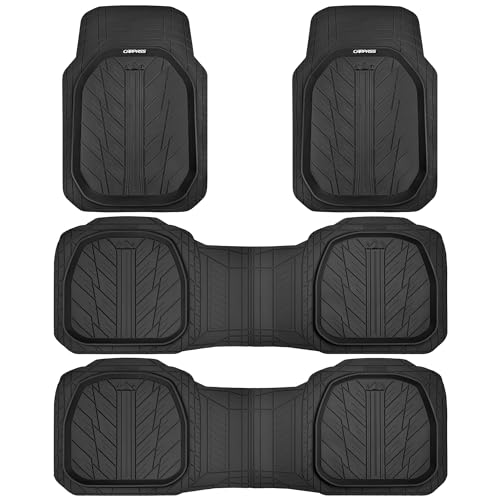Remember that first time you saw a Mahindra Thar? The rugged good looks, the undeniable off-road capability… it’s a dream for many. But driving a Mahindra Thar isn’t just about looking cool; it requires understanding its unique characteristics. This guide will equip you with the knowledge and skills to confidently navigate any terrain in your Thar, ensuring a safe and enjoyable driving experience. You’ll learn everything from basic operation to advanced off-road techniques.
Understanding the Thar’s Mechanics
This section provides a foundational understanding of the Mahindra Thar’s mechanical components crucial for safe and efficient driving. We’ll cover essential systems like the 4×4 system, its various driving modes, and the importance of regular maintenance for optimal performance.
The 4×4 System
The Mahindra Thar’s 4×4 system is its defining feature. Understanding how to engage and disengage it, and when to use each mode, is essential. Improper use can lead to damage or loss of control. This section will break down the different 4×4 settings available.
- 4×2 High: This is the standard two-wheel drive mode, ideal for paved roads and good driving conditions. Engaging 4×2 prioritizes fuel efficiency and ease of handling.
- 4×4 High: Used for slippery surfaces like mud, snow, or loose gravel where additional traction is required. This mode distributes power to all four wheels, improving grip and stability.
- 4×4 Low: Suitable for extreme off-road conditions like steep inclines, deep ruts, and rocky terrain. 4×4 Low offers increased torque and reduced speed for greater control.
Engine and Transmission
The Thar comes with a choice of powerful engines, and understanding how they work with the transmission is crucial. This section will explain proper gear selection for different terrains.
- Gear Selection: Choosing the right gear is vital for maintaining control and preventing engine strain. Lower gears provide more torque, suitable for hill climbs and challenging terrain, while higher gears optimize speed on flat surfaces.
- Engine Management: Understanding throttle control and engine braking is essential for safe driving, especially off-road. Smooth throttle inputs are key to preventing wheelspin and maintaining traction.
Braking System
The Thar’s braking system is robust but needs to be used appropriately, especially on off-road surfaces. Proper braking technique can significantly impact control and safety in various driving situations.
- Engine Braking: Using engine braking effectively is a crucial skill for off-road driving. This helps slow the vehicle without relying solely on the brakes, particularly on steep descents.
- Brake Fade: Understanding brake fade and how to avoid it is paramount for safe driving, especially during prolonged off-roading. Regular maintenance and driving techniques can mitigate the risk of brake fade.
Driving the Mahindra Thar On-Road
Even though the Thar excels off-road, understanding how to handle it on paved roads is equally important. This section will cover aspects like handling, visibility, and fuel efficiency specific to on-road driving in your Mahindra Thar.
Steering and Handling
The Thar’s steering might feel different from a typical car due to its high ground clearance and off-road suspension. This section provides tips for safe and comfortable on-road driving.
- Steering Response: The Thar’s steering response might be slightly less precise than a car. Smooth steering inputs are important for maintaining control.
- Turning Radius: The Thar’s turning radius is relatively large, so it’s important to plan turns accordingly, especially in tight spaces.
Visibility and Mirrors
The Thar’s higher ride height can impact visibility. This section explains how to effectively use mirrors and other safety measures to mitigate any limitations.
- Blind Spots: The Thar has larger blind spots than a typical car, so extra caution and frequent mirror checks are necessary.
- Mirror Adjustment: Properly adjusted mirrors are crucial for safe driving, and the Thar requires careful attention to mirror positioning to maximize visibility.
Fuel Efficiency
Fuel efficiency can vary significantly depending on driving style and terrain. This section will offer tips for maximizing fuel economy during on-road driving.
- Driving Style: Smooth acceleration and braking can significantly improve fuel efficiency. Avoid sudden bursts of speed and harsh braking.
- Tire Pressure: Maintaining proper tire pressure is crucial for fuel efficiency and overall vehicle performance.
Driving the Mahindra Thar Off-Road
This section is dedicated to mastering the Thar’s true potential: conquering challenging terrains. We’ll cover techniques for navigating different off-road scenarios and maintaining vehicle control in difficult conditions. Driving a Mahindra Thar off-road is thrilling but demands respect for the machine and its capabilities.
Essential Off-Road Techniques
Off-roading involves various maneuvers that require specific skills. This section will cover important techniques for handling different off-road challenges.
- Hill Climbing: Approach hills at a slow, steady pace, maintaining momentum and using the appropriate gear. Avoid sudden acceleration or braking.
- Hill Descent: Using engine braking is crucial for controlled descents. Avoid using the brakes excessively, and be prepared to adjust your speed and gear selection as needed.
- Water Crossing: Assess the depth of the water before crossing, and drive slowly and steadily to avoid water damage. Check your vehicle thoroughly after a water crossing.
Recognizing Off-Road Hazards
Identifying and avoiding potential hazards is crucial for safe off-road driving. This section outlines common off-road hazards and how to handle them.
- Loose Surfaces: Driving on loose surfaces like sand or gravel requires adjusting speed and using lower gears to maintain traction. Avoid abrupt steering movements.
- Rocks and Obstacles: Carefully assess the route and choose a path that avoids large rocks or obstacles whenever possible.
- Steep Inclines and Declines: Tackle steep inclines and declines slowly and deliberately, using low gears and careful throttle control.
Recovery Techniques
Even the most experienced off-roaders can encounter situations requiring recovery techniques. This section explains essential steps to take should you get stuck.
- Assess the Situation: Before attempting a recovery, calmly assess the situation and identify the reason for getting stuck.
- Choose the Right Recovery Method: Different recovery methods are suitable for various situations. Consider using recovery points and straps carefully.
Maintaining Your Mahindra Thar
Regular maintenance is key to ensuring your Mahindra Thar performs optimally and remains reliable. This section details crucial maintenance tasks that should be carried out regularly.
Routine Checks
Regularly checking vital components can prevent potential problems. Simple checks can save you from more serious issues down the road.
- Tire Pressure: Check tire pressure regularly, especially before and after off-road driving.
- Fluid Levels: Monitor engine oil, coolant, brake fluid, and power steering fluid levels.
- Brake Pads: Regularly check brake pad wear to ensure efficient braking performance.
Scheduled Servicing
Following the manufacturer’s recommended service schedule is crucial for maintaining your Thar’s reliability and performance. Adhering to the service schedule helps prevent potential issues and ensures long-term performance. A well-maintained Thar is a safer Thar.
- Engine Oil Changes: Regularly changing your engine oil is essential for maintaining engine health and preventing premature wear and tear.
- Filter Replacements: Replacing air, fuel, and oil filters as per the manufacturer’s recommendations is critical for efficient engine operation.
- Transmission Service: Regular transmission servicing ensures smooth gear changes and extends the lifespan of the transmission.
FAQ
What is the best driving mode for city driving in a Mahindra Thar?
For city driving, 4×2 High is the most suitable mode. This mode provides better fuel economy and easier handling compared to the 4×4 modes.
How do I properly engage and disengage the 4×4 system?
The process varies slightly depending on the Thar model year, but generally involves using a lever or button in the cabin, typically along with slowing the vehicle. Always consult your owner’s manual for specific instructions for your vehicle.
What is the recommended tire pressure for my Mahindra Thar?
The recommended tire pressure is usually found on a sticker inside the driver’s side doorjamb or in your owner’s manual. It will vary depending on whether you’re on-road or off-road and the type of tires you’re using.
How often should I service my Mahindra Thar?
Refer to your owner’s manual for the manufacturer’s recommended service intervals. These intervals generally depend on factors such as mileage and driving conditions.
What are the common problems that a Mahindra Thar owner might face?
Common issues include issues with the 4×4 system, electrical glitches, and potential overheating problems under extreme conditions. Regular maintenance can help prevent many of these problems.
What is the fuel economy of a Mahindra Thar?
Fuel economy varies greatly depending on the driving style, engine, terrain, and driving conditions. You can expect lower fuel economy in off-road conditions compared to on-road driving.
What type of fuel does the Mahindra Thar use?
The Mahindra Thar uses either diesel or petrol, depending on the specific model and trim level.
Final Thoughts
Driving a Mahindra Thar requires a blend of skill and knowledge. By understanding its mechanics, mastering both on-road and off-road techniques, and committing to regular maintenance, you’ll unlock the full potential of this iconic vehicle. Remember to always prioritize safety and consult your owner’s manual for specific information about your model. Now get out there and enjoy the ride!

